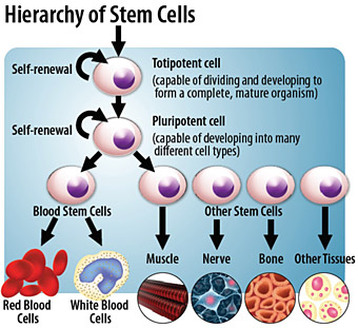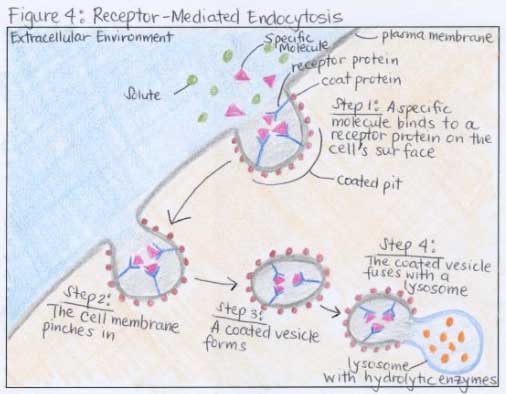Psychology: Developmental Psychology: Case study 3: Infant facial preference
Authors: Langlois et al. (1991)
Background/Context: Is beauty in the eye of the beholder? Do we judge books (and people) by their cover?
Langlois believes that there is a universal standard of beauty that people judged facial attractiveness with, and both adults and infants judge attractive adults and infants more favorably, treating them better than those who are unattractive.
Langlois believes that there is a universal standard of beauty that people judged facial attractiveness with, and both adults and infants judge attractive adults and infants more favorably, treating them better than those who are unattractive.
Young infants have not yet been influenced by media or culture, so researching on infants would prove whether there is a universal standard of attractiveness.
Aim/hypothesis:
- Study 1:
-Replicate previous results (preference for attractive) with adult female faces.
-See if adult male faces produce the same results (preference for attractive).
-Investigate where order of presentation of male/female affects preferences. - Study 2: See if same results are achieved with non-white faces.
- Study 3: See if same results are achieved with faces of babies.
Method: Laboratory experiment
Variables:
- Independent variables:Study 1-Attractive and unattractive white female faces-Attractive and unattractive white male faces-Infants who saw either of two conditions: All men then all women (or all women then all men) and alternating men and women.
Study 2: Attractive and unattractive black female faces.
Study 3: Attractive and unattractive male and female infant faces.
- Dependent variable: Fixation time (in seconds) - length of time an infant looks at a face. Each face was presented twice (once on the left, and once on the right of the screen) so the mean time for each face was calculated and agreement between the two observers could be checked.
- Attractiveness of faces judged by people on the 5-point Linkert scales.


 Chromosome during Anaphase
Chromosome during Anaphase From DNA to chromosomes
From DNA to chromosomes Telomeres in cell division
Telomeres in cell division
 Normal cell vs cancer cell
Normal cell vs cancer cell
 Representation of the plasma membrane A B
Representation of the plasma membrane A B





